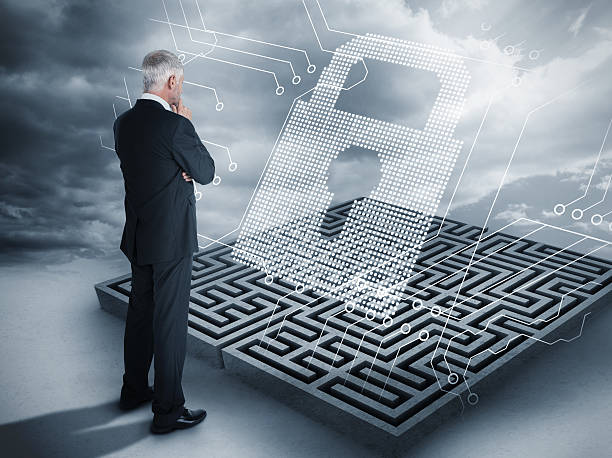What Is Cybersecurity?
Cybersecurity is preventing digital attacks, theft, damage, or unauthorised access to systems connected to the internet, including hardware, software, and data. The threat of cyber-attacks has grown significantly in importance for individuals, businesses, and governments alike in the modern world due to the rise of online activity and the growing use of personal information online.
Viruses, ransomware, phishing, identity theft, and hacking are just a few examples of the various cyberattacks that can occur. Cybersecurity is crucial to safeguarding against cyberattacks and preserving privacy and security in the digital age due to the growing volume of sensitive and personal information being kept and communicated online.

FAQs
What is a cybersecurity incident response plan?
A cybersecurity incident response plan is a plan that outlines the steps that an organization should take in the event of a cybersecurity incident or breach. It includes procedures for identifying, containing, and mitigating the damage caused by the incident.
How can organizations ensure compliance with cybersecurity regulations?
Organizations can ensure compliance with cybersecurity regulations by implementing security measures and policies that align with industry standards and regulatory requirements and by regularly reviewing and updating their security practices.
What is multi-factor authentication?
Multi-factor authentication is a security measure that requires users to provide multiple forms of authentication, such as a password and a fingerprint or facial recognition, to access a system or network.
What is a security audit?
A security audit assesses an organization’s security measures and practices, including policies, procedures, and technologies, to identify potential vulnerabilities and areas for improvement.

